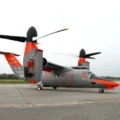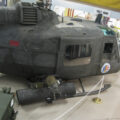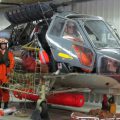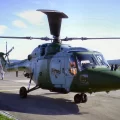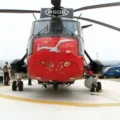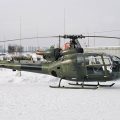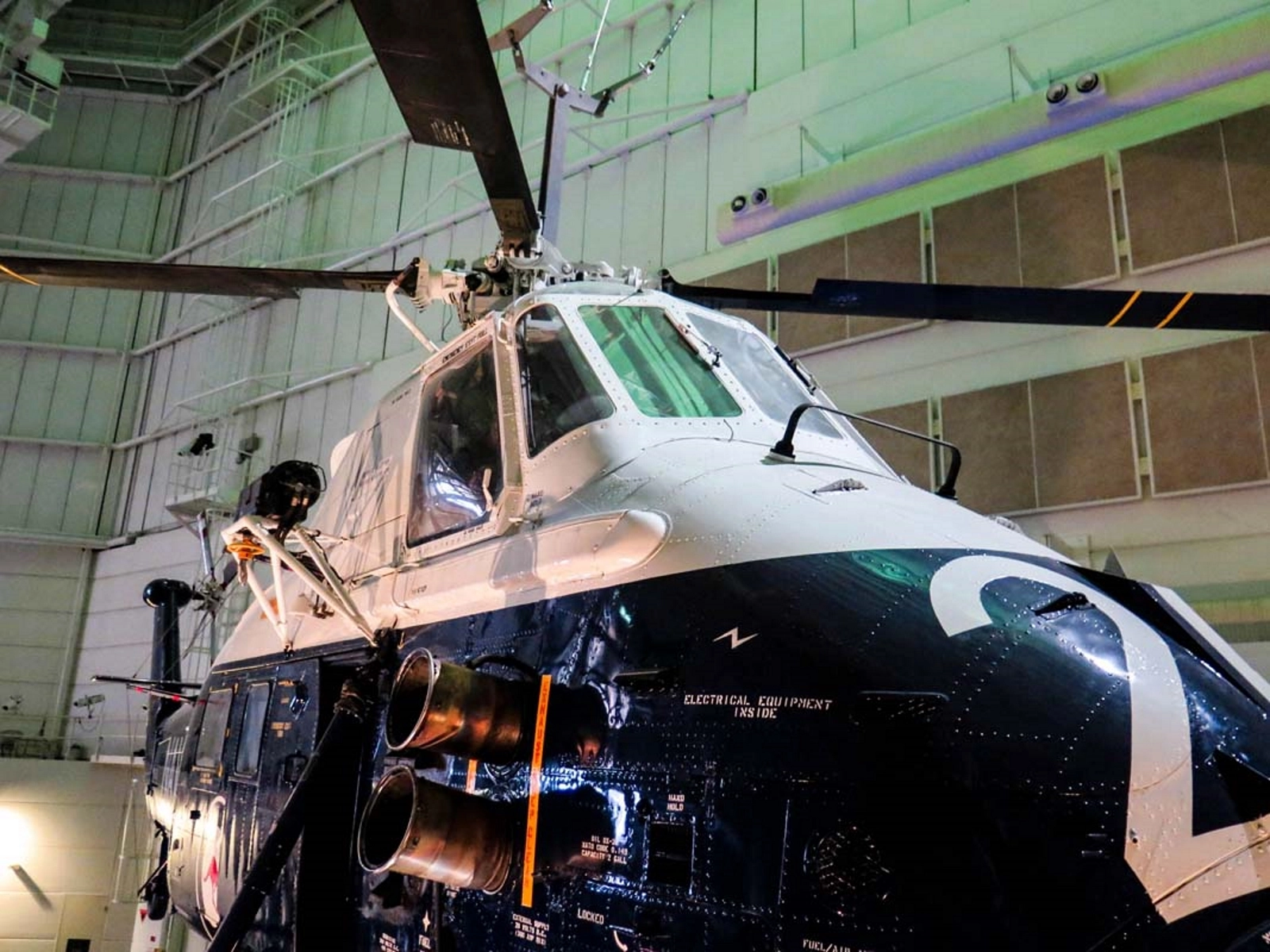
Westland Wessex SAR | |
|---|---|
| Country | UK |
| Type | Helicopter |
Photo gallery of a Westland Wessex SAR, The Westland Wessex is a British-built turbine-powered development of the Sikorsky H-34, it was developed and produced under license by Westland Aircraft (later Westland Helicopters). One of the main changes from Sikorsky’s H-34 was the replacement of the piston-engine powerplant with a turboshaft engine; the Wessex was the first helicopter in the world to be produced in large numbers that made use of a gas turbine propulsion system. Early models were powered by a single Napier Gazelle engine, later builds used a pair of de Havilland Gnome engines.
Source: Westland Wessex SAR on Wiki
| Westland Wessex SAR | |
|---|---|
| Photographer | Tony Taylor |
| Localisation | Unknow |
| Photos | 44 |
| Westland Wessex HCC4 Walk Around | |
|---|---|
| Photographer | Unknow |
| Localisation | Unknow |
| Photos | 24 |
See also:
| Westland Wessex 31B Walk Around | |
|---|---|
| Photographer | Vladimir Yakubov |
| Localisation | Australian National Maritime Museum, Sydney, Australia |
| Photos | 61 |
The Westland Wessex SAR, also known as the HU5 variant, was a vital helicopter for the Royal Navy’s Search and Rescue (SAR) operations for many years.
Here’s a breakdown of its key features:
Developed from a proven platform: The Wessex was a British-built version of the Sikorsky S-58, with a crucial improvement – a turboshaft engine replacing the older piston engine. This made it quieter, smoother, and offered better performance than its predecessor, the Westland Whirlwind.
Designed for SAR missions: While the Wessex served in various roles, including anti-submarine warfare, it excelled in SAR due to several factors. An early autopilot system allowed for operation in challenging weather and day or night missions. The increased power and capacity compared to the Whirlwind meant it could carry more rescuers or survivors. The quicker start-up time of the turboshaft engine also meant faster response to emergencies.
Long service life: Entering service in 1961, the Wessex HU5 remained operational until 1988, a testament to its effectiveness and durability.
Overall, the Westland Wessex SAR played a significant role in saving lives at sea and other locations for the Royal Navy.
Views : 5133



